- Pine Cliff Resort
- Campgrounds & RV Parks
- Colorado
- Larimer County
- Campgrounds & RV Parks in Estes Park
- Stormy Peaks
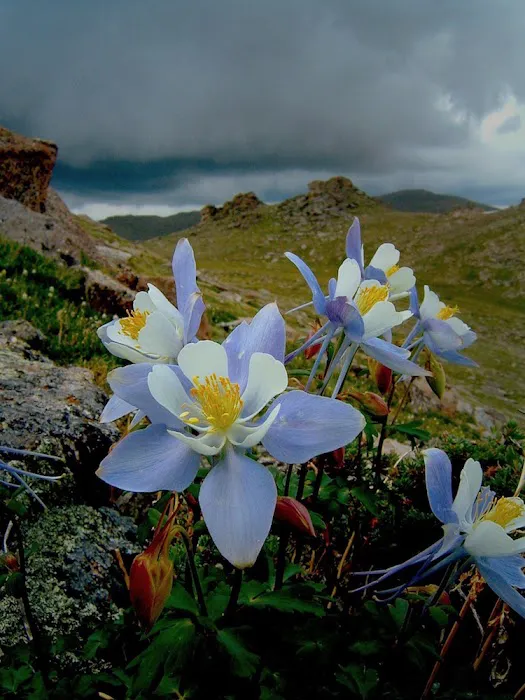
Stormy Peaks Introduce
Stormy Peaks is not a traditional drive-up campground with designated sites and amenities like many within the Campgrounds & RV Parks category. Instead, it represents a designated backcountry campsite within the vast and rugged Rocky Mountain National Park (RMNP) and the adjacent Comanche Peak Wilderness Area. This distinction is crucial, as Stormy Peaks offers a far more primitive and immersive wilderness experience, catering to experienced backpackers and hikers seeking solitude and a deep connection with the natural world.
The environment at Stormy Peaks is truly spectacular, characterized by high-altitude terrain, often at or near treeline, offering sweeping panoramic views of the Mummy Range and other surrounding peaks. The trail leading to Stormy Peaks, such as the Stormy Peaks Trail (#980) from the Pingree Park Road, traverses through diverse landscapes. Hikers will encounter a mix of moraines, providing rising vistas, and pass through areas of thick forest, sometimes showing signs of past wildfires, leading to meadows and open shelves. Due to its elevation, the weather can change rapidly and dramatically, with bright sunny skies quickly giving way to fierce winds, rain, and thunderstorms. Campers must be prepared for extreme weather conditions, including cold temperatures, even in summer, and the potential for lightning. The remoteness of the area means encountering abundant wildlife, including elk, deer, and potentially black bears, necessitating strict bear country precautions.
Given its designation as a wilderness backcountry site, the services at Stormy Peaks are extremely limited and align with Leave No Trace principles. There are no developed facilities such as picnic tables, fire grates, or restrooms. Campers are expected to practice minimal impact camping. This includes carrying out all waste, including human waste (requiring either packing it out or burying it properly according to regulations), and dispersing washing and cooking wastewater at least 200 feet from camps and all water sources. Potable water is not available; campers must filter or treat water from natural sources. Due to the high-risk environment and fire danger, open campfires are strictly prohibited at Stormy Peaks. Backpackers must use portable stoves for cooking. The lack of cell service further enhances the wilderness experience, encouraging complete disconnection from modern technology and self-reliance.
The key features of camping at Stormy Peaks lie in its unadulterated natural beauty and the challenge it presents. It offers unparalleled opportunities for solitude and a profound sense of wilderness. The designated campsite itself, often described as being at treeline in a small stand of subalpine fir near a canyon wall, provides a sheltered spot with incredible views. The privacy afforded by backcountry camping is a significant draw, allowing campers to truly immerse themselves in the quietude of the mountains. Wildlife viewing is a common and rewarding experience, with many opportunities to observe native species in their natural habitat. Overnight camping in Rocky Mountain National Park, including at sites like Stormy Peaks, requires a backcountry permit, which is highly sought after and must be obtained in advance through Recreation.gov.
Promotional information for Stormy Peaks emphasizes its appeal as a challenging and rewarding backpacking destination. It is often highlighted as a route for experienced backpackers, with the trail leading to the site offering significant elevation gain and distance (e.g., nearly 10 miles and 3100 feet of elevation gain to Lost Lake, which is in the vicinity and shares similar characteristics, with NPS estimating 8-10 hours of travel time). The connection to the larger backcountry systems of Rocky Mountain National Park and the Comanche Peak Wilderness makes it an ideal starting point for longer treks. A popular backpacking route involves being dropped at the Stormy Peaks Trailhead, hiking through RMNP over Stormy Peaks Pass, and exiting via other trails like the North Fork Trail (#929). The dramatic mountain views, including those of Pingree Park and the Mummy Range, are a major selling point. The opportunity for serious hiking and a true wilderness adventure, far from crowded frontcountry campgrounds, is consistently highlighted.
It's important for prospective campers to be aware of the stringent regulations in place for wilderness camping in Rocky Mountain National Park. These include: a limit of seven people per party per site; no motorized or mechanized equipment; dogs are generally prohibited in the backcountry of RMNP (only service animals are allowed, and their owners must comply with strict rules); and strict food storage requirements, including the mandatory use of bear-resistant food storage canisters from April 1 through October 31, with canisters needing to be stored 70 adult steps away from tents. Campers must plan ahead and prepare for all contingencies, including extreme weather, navigation, and emergencies, as there are no services or immediate assistance available. The journey to Stormy Peaks is part of the adventure, involving a significant hike from trailheads that are accessible via U.S. Highway 287 and Colorado Highway 14, followed by County Road 63E (Pingree Park Road).
In essence, Stormy Peaks is not a typical campground in the sense of a roadside stop with numerous amenities. It is a true backcountry experience within the Campgrounds & RV Parks category, specifically targeting those who embrace the challenges and rewards of wilderness backpacking. Its environment is raw and beautiful, its services are limited to what backpackers carry in and out, and its features are defined by the stunning mountain vistas, solitude, and direct access to challenging hiking trails. For those adequately prepared and seeking a profound connection with the Colorado wilderness, Stormy Peaks offers an unforgettable adventure.
Details
Children
- Good for kids
Parking
- On-site parking
Location
ColoradoLarimer CountyEstes Park
Customer Reviews
More Places to Explore Nearby

Lost Lake
Estes Park, CO 80517, USA
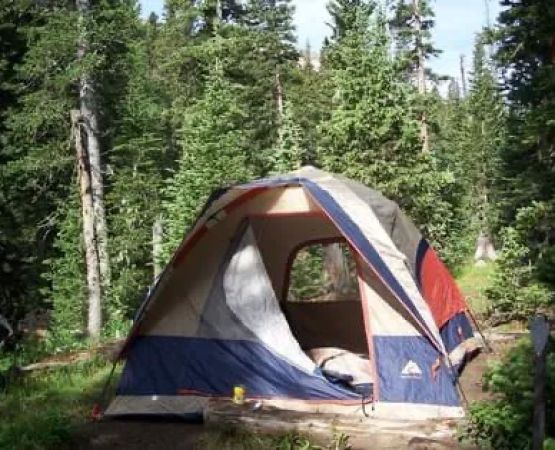
Happily Lost
Estes Park, CO 80517, USA
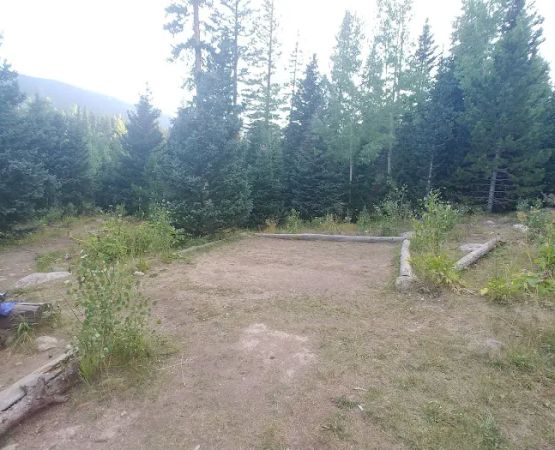
Boundary Creek
Estes Park, CO 80517, USA
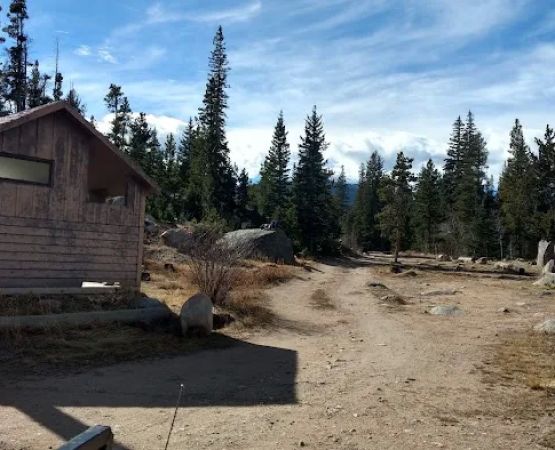
Tom Bennett Campground
Pingree Park Rd, Bellvue, CO 80512, USA
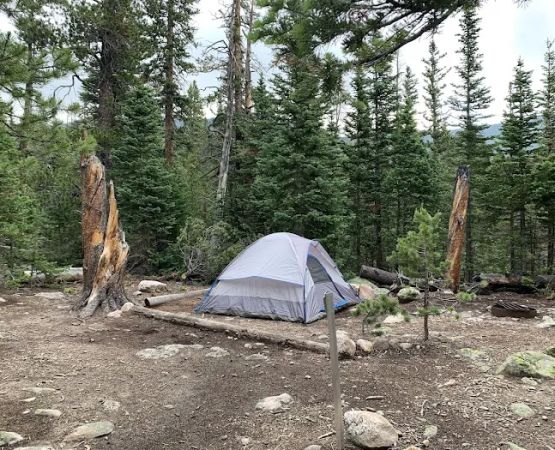
Silvanmere
Estes Park, CO 80517, USA

Bighorn Mountain
Estes Park, CO 80517, USA
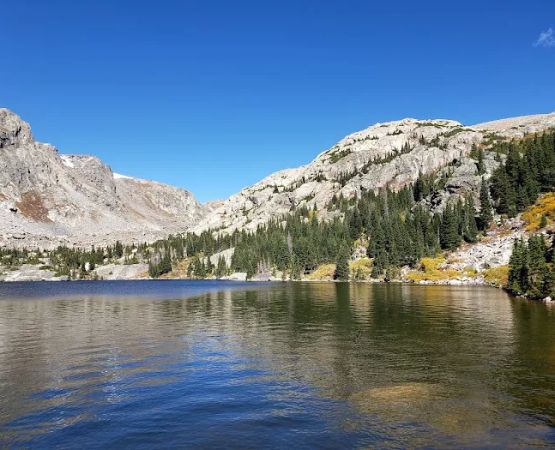
Mirror Lake
Bellvue, CO 80512, USA
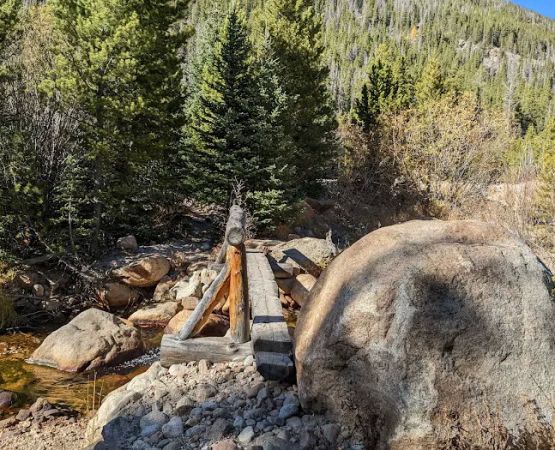
Golden Banner
Estes Park, CO 80517, USA
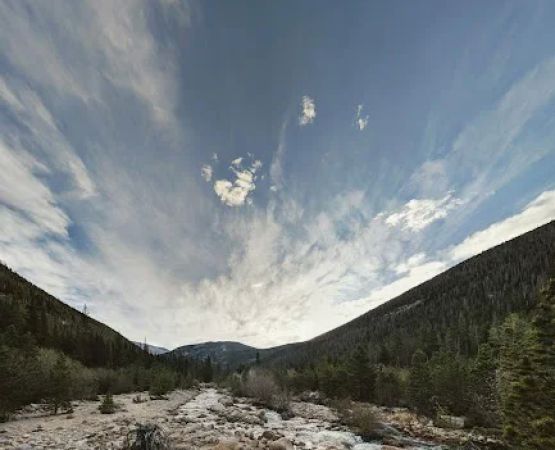
Cutbank
Estes Park, CO 80517, USA

Upper Chipmunk
Estes Park, CO 80517, USA
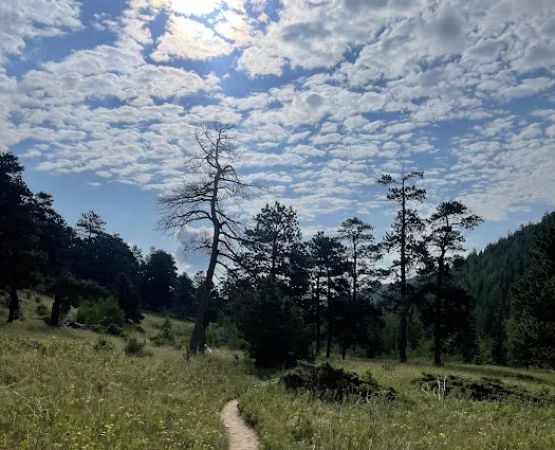
Peregrine
Estes Park, CO 80517, USA
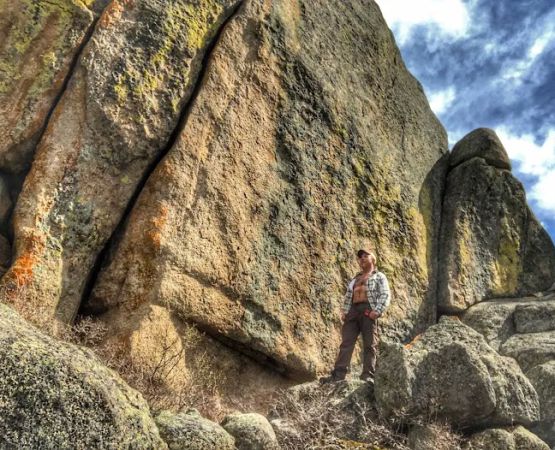
Rabbit Ears Campsite
Estes Park, CO 80517, USA
Categories
Popular Campgrounds & RV Parks
 Fort Limhi RV Park3.0 (5 reviews)
Fort Limhi RV Park3.0 (5 reviews)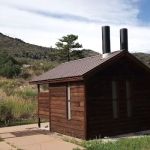 Dutch George Campground4.0 (63 reviews)
Dutch George Campground4.0 (63 reviews)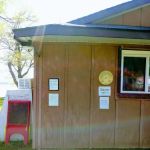 Kings Landing Kampground3.0 (188 reviews)
Kings Landing Kampground3.0 (188 reviews) Rancho Seco Campground4.0 (168 reviews)
Rancho Seco Campground4.0 (168 reviews)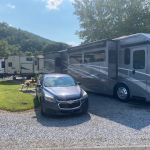 King's Holly Haven RV Park4.0 (316 reviews)
King's Holly Haven RV Park4.0 (316 reviews)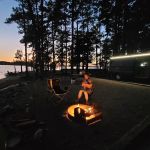 Kerr Lake, County Line Camping4.0 (30 reviews)
Kerr Lake, County Line Camping4.0 (30 reviews)Must-Read Camping & Outdoor Blog Posts
Most Searched Japanese Restaurant Sites
Trending Camping & Outdoor Blog Posts
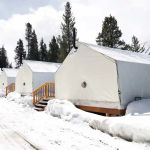 Winter Glamping Retreats in the U.S. You Didn’t Know About
Winter Glamping Retreats in the U.S. You Didn’t Know About Best Family-Friendly Campgrounds with Playgrounds and Kids’ Activities
Best Family-Friendly Campgrounds with Playgrounds and Kids’ Activities Top Family-Friendly Resorts Near Outdoor Adventure Destinations
Top Family-Friendly Resorts Near Outdoor Adventure Destinations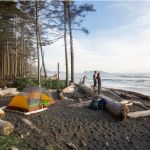 Top-Rated Campgrounds for Exploring National Forests
Top-Rated Campgrounds for Exploring National Forests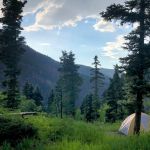 Top-Rated Camping Spots Near Scenic Trails: Explore the Best Outdoor Getaways
Top-Rated Camping Spots Near Scenic Trails: Explore the Best Outdoor Getaways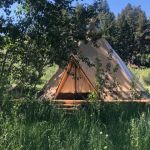 Affordable Luxury Camping Experiences at Top Resorts
Affordable Luxury Camping Experiences at Top Resorts 